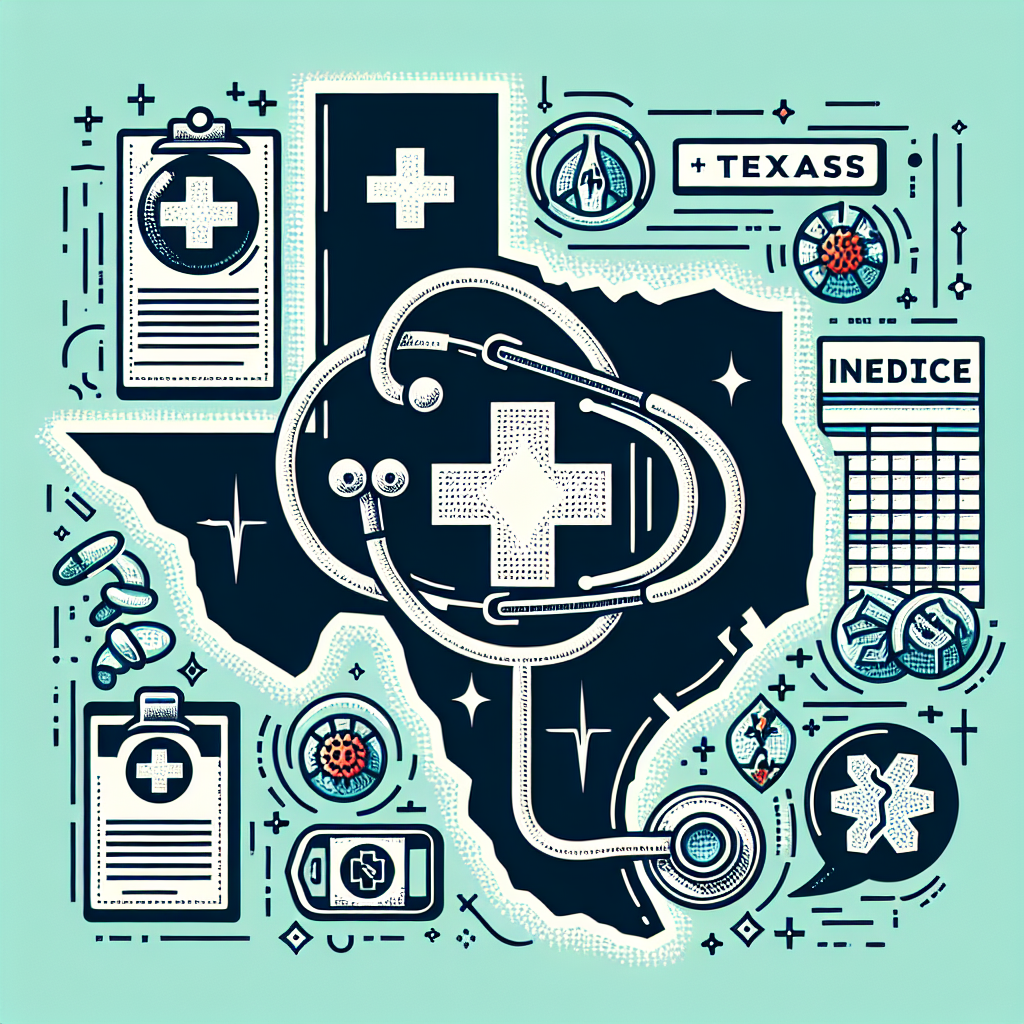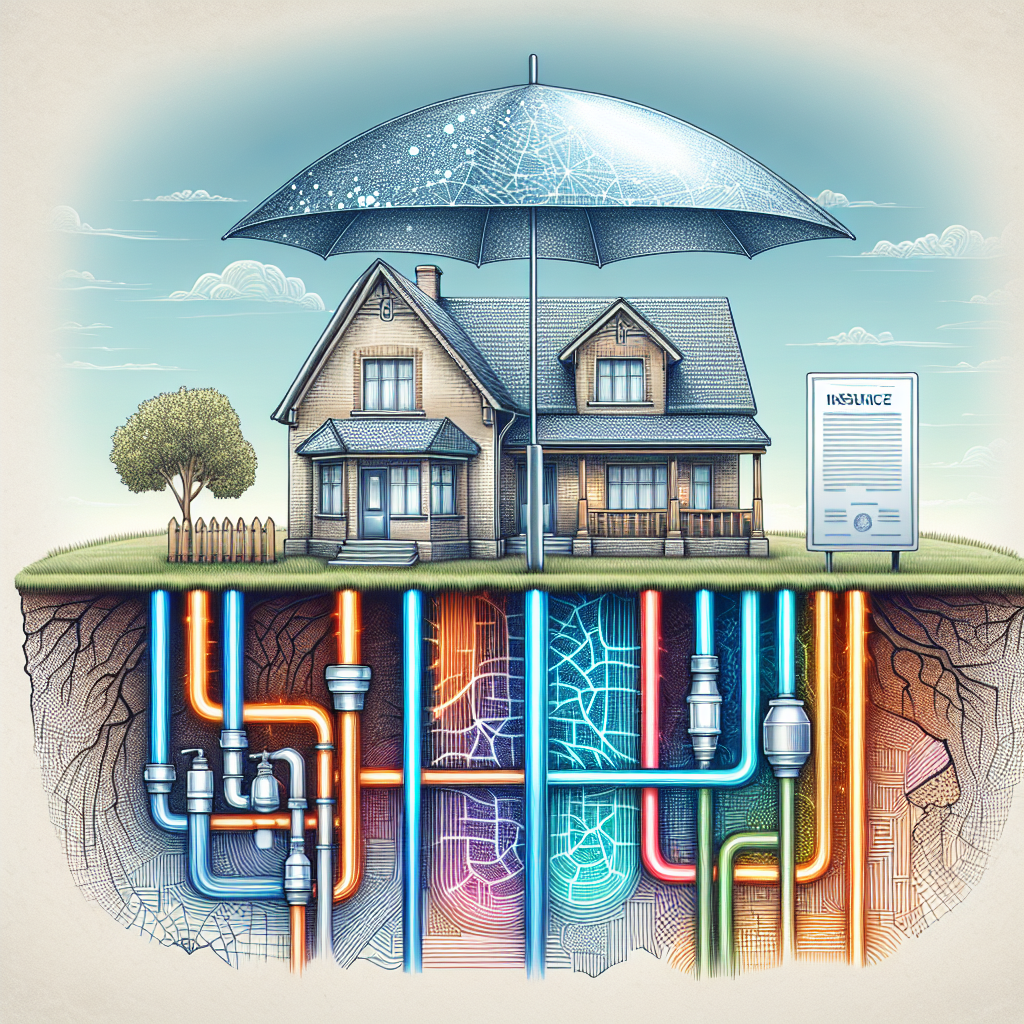Filed under Home Insurance on
Home Insurance Coverage in California: 2025 Guide

If you own a home in the Golden State, you already know the terrain is as diverse as the risks. From wildfire and earthquakes to atmospheric rivers and rising rebuild costs, the landscape has shifted. This 2025 guide cuts through the noise so you can protect your property without overpaying or overlooking crucial details. Whether you’re renewing, switching carriers, or buying for the first time, you’ll find practical steps, up-to-date trends, and expert tips to help you build resilient, right-sized protection. Along the way, we’ll show you how to compare policies, lower your risk, and make smarter decisions about home insurance coverage in California.
A quick snapshot of California’s 2025 homeowners market
California’s homeowners market is in a state of careful recalibration. Recent wildfire seasons and severe winter storms have pushed insurers and regulators to rethink how risk is assessed and priced. Expect the following themes in 2025:
- Underwriting scrutiny: Insurers continue to evaluate roof age, brush exposure, fire-protection score, and defensible space more closely, often verifying with inspections or aerial imagery.
- Pricing realism: Reconstruction cost inflation and catastrophe modeling are leading to higher Coverage A limits and, in many areas, higher premiums. Deductible options are expanding to balance affordability.
- Mitigation motivates: Carriers increasingly offer credits for documented wildfire-hardening steps aligned with state-endorsed standards such as the Safer from Wildfires framework and the IBHS Wildfire Prepared Home designation.
- Last-resort options matter: The California FAIR Plan remains a vital safety net for high-risk addresses, typically paired with a Difference in Conditions (DIC) policy to fill gaps.
Bottom line: The 2025 landscape of home insurance coverage in California rewards preparation, documentation, and willingness to adjust coverage details as your home and risks change.
What a standard policy actually covers
Most homeowners carry an HO-3 policy, which insures your dwelling against a broad set of perils and covers your belongings for named risks. High-value homes may use an HO-5 (broader personal property coverage and higher sublimits) with additional customization. Here’s a look at the core pieces:
Core coverages (and what they mean)
- Dwelling (Coverage A): Pays to rebuild or repair your home’s structure. This limit should reflect true local reconstruction costs, not market value.
- Other Structures (Coverage B): Covers detached buildings like fences, sheds, and ADUs, typically 10–20% of Coverage A. ADUs used as rentals may need special treatment.
- Personal Property (Coverage C): Covers your belongings. Standard policies pay replacement cost only if you add an endorsement; otherwise, they may pay actual cash value.
- Loss of Use (Coverage D): Pays for additional living expenses (ALE) if a covered loss makes your home uninhabitable—think temporary housing, meals, pet boarding.
- Personal Liability (Coverage E): Covers injuries or property damage you cause to others, on or off your property. Consider higher limits if you have a pool, trampoline, or significant assets.
- Medical Payments to Others (Coverage F): Pays for minor injuries to guests, regardless of fault, up to a small limit.
Common exclusions and gray areas in California
- Earthquake: Not covered by standard homeowners policies. Consider a separate earthquake policy, often through the California Earthquake Authority (CEA) or private insurers.
- Flood: Rising groundwater, mudflow, and overland flooding require a separate NFIP or private flood policy. Atmospheric river events have spotlighted this gap.
- Landslide and earth movement: Usually excluded; some private specialty markets or endorsements may be available.
- Wildfire: Fire is generally covered, including smoke and ash damage, but availability, pricing, and mitigation requirements vary by location.
- Wear and tear/maintenance: Roof leaks from age, dry rot, and gradual seepage are not covered.
Essential endorsements to consider in 2025
- Extended or Guaranteed Replacement Cost: Adds 25–50% (or more, where offered) above Coverage A to handle surge pricing and labor/material spikes after a catastrophe.
- Ordinance or Law (Code Upgrade): Pays for mandated code upgrades when rebuilding. In wildfire-prone areas, building to Chapter 7A standards can be costly—don’t skimp here.
- Water Backup and Sump Overflow: Covers damage from drain or sewer backups; standard policies exclude this.
- Service Line Coverage: Repairs or replaces buried water, sewer, or power lines on your property.
- Equipment Breakdown: Protects HVAC, solar inverters, and other systems against mechanical/electrical failure.
- Scheduled Personal Property: Raises limits for jewelry, watches, fine art, or collectibles beyond standard sublimits.
- Matching of Undamaged Items: Helps replace undamaged materials (like tiles) to achieve a uniform look after partial repairs.
Wildfire risk: mitigation is the new must-have
Insurers and regulators increasingly connect premium credits and eligibility to tangible mitigation steps. California’s Safer from Wildfires framework and the IBHS Wildfire Prepared Home standard focus on three layers of defense: the structure itself, the immediate 0–5 foot zone, and the surrounding 5–100 foot zone. These measures not only reduce loss severity but also improve your odds of obtaining more affordable home insurance coverage in California.
Home-hardening checklist for 2025
- Roof: Class A fire-rated roof, properly sealed edges, and noncombustible ridge vents.
- Vents: Ember-resistant vents for attic and crawlspace; screen with 1/8-inch mesh or finer.
- 0–5 foot ember-resistant zone: Replace combustible mulch and fencing with noncombustible materials; keep this zone clean and clear.
- Gutters and eaves: Install metal gutters where possible; add gutter guards and keep them clear of debris.
- Siding and decks: Favor ignition-resistant materials; box-in open eaves; maintain at least 6 inches of clearance between ground and siding.
- Windows and doors: Dual-pane, tempered glass; weatherstripping for tight seals; consider ember-resistant screens.
- Defensible space: Maintain 5–30 feet of reduced fuel and 30–100 feet of managed vegetation, per local ordinances.
- Outbuildings and fences: Use noncombustible connectors near the home; separate wood piles at least 30 feet from structures when feasible.
- Documentation: Photograph improvements and keep receipts—insurers increasingly ask for proof to apply credits.
How mitigation affects premiums and eligibility
Many carriers now tier pricing by wildfire exposure using tools like brush scores and distance to fire-response resources. Verified hardening—especially roof class, ember-resistant vents, and that 0–5 foot ember-resistant zone—can improve your eligibility and pricing. Some companies support on-site or virtual inspections and provide a checklist of required fixes to keep your policy. This trend will continue as insurers and regulators expand mitigation-based discounts tied to home insurance coverage in California.
The FAIR Plan and wraparound coverage explained
The California FAIR Plan is a last-resort policy that primarily covers fire and smoke (and a few related perils) when you can’t secure a standard homeowners policy. It typically lacks liability, water damage, theft outside wildfire, and broader personal property protections. To fill those gaps, many homeowners pair FAIR Plan coverage with a companion DIC (Difference in Conditions) policy that adds liability, theft, water damage, and other protections.
Key points:
- Eligibility: FAIR Plan is for those who cannot obtain coverage after reasonable attempts; your agent can document declinations.
- Limits and endorsements: Confirm your Coverage A is adequate and ask about endorsements that may be available; limits change over time.
- DIC is essential: A FAIR Plan-only setup leaves critical gaps. Ask for a DIC quote to mirror a standard HO-3 as closely as possible.
What drives the cost of coverage?
Premiums vary widely across California. Many homeowners outside the highest-risk zones see moderate annual costs, while those in wildfire-exposed areas may face significantly higher premiums or stricter terms. Pricing hinges on several factors:
- Reconstruction cost: Square footage, story count, roof shape, materials, and finishes dictate Coverage A—often the biggest rating factor.
- Location and fire protection: Distance to hydrants and stations, local fire-response capability, and access/egress roads matter.
- Wildfire exposure: Brush density, slope, wind patterns, and community mitigation determine your risk tier.
- Roof age and type: Newer, Class A roofs generally improve eligibility and pricing.
- Claims history: Prior losses, especially water and fire, may affect rates and deductibles.
- Security and smart-home devices: Monitored alarms and water-leak sensors can earn credits.
- Regulatory constraints: California restricts certain rating variables, so carriers rely more on property-specific and geographic risk factors.
How to compare policies the smart way
Shopping for home insurance coverage in California isn’t just about finding the lowest premium—it’s about protecting your largest asset without holes. Use this step-by-step approach:
- Set your baseline: Ask for a replacement cost estimate using your home’s specs; verify square footage, roof, and finishes are accurate.
- Right-size key limits: Confirm Coverage A reflects current rebuild costs; consider 25–50% extended replacement cost and at least 10–25% ordinance or law.
- Choose deductibles strategically: Increasing All-Peril from $1,000 to $2,500 or higher can meaningfully reduce premiums; only choose what you can afford in an emergency.
- Line up multiple quotes: Use an independent agent who can access admitted carriers, the FAIR Plan, and surplus lines if needed.
- Standardize the ask: Request identical limits and endorsements across quotes to make an apples-to-apples comparison.
- Vet sublimits: Jewelry, firearms, silverware, business property, and landscaping often have tight sublimits; schedule items you can’t afford to self-insure.
- Check claims service: Ask about average claim timelines, local adjuster availability, and ALE handling after catastrophes.
- Consider financial strength: Look for strong insurer ratings and a track record in catastrophe-prone regions.
- Document mitigation: Provide proof of wildfire-hardening and security systems to capture all available credits.
- Review annually: Construction costs, local risks, and policy forms evolve—recheck limits and endorsements at each renewal.
By approaching quotes this way, you’ll be comparing home insurance coverage in California on substance, not just on price.
Dialing in your dwelling limit (Coverage A)
Getting Coverage A right is the foundation of a resilient policy. Underinsure the dwelling and even extended replacement cost may fall short after a big event. Consider these tips:
- Use multiple cost estimators: Insurer tools are helpful, but ask your contractor or a local builder for a second opinion.
- Account for code upgrades: Especially in wildfire-prone areas, code-mandated changes add cost; bolster ordinance or law coverage.
- Mind specialty materials: Tile roofs, custom windows, stone, and millwork drive costs far beyond standard builder-grade estimates.
- Revisit after upgrades: Kitchen remodel? New deck? Solar and battery? Update your carrier so coverage keeps pace.
Special scenarios: condos, rentals, short-term hosting, and high-value homes
Condos (HO-6)
Read your HOA’s CC&Rs and master policy carefully. Many California associations carry “walls-in” coverage, but definitions vary. Ensure your HO-6 matches responsibility for unit interiors, betterments and improvements, personal property, loss assessment, and loss of use.
Rentals and ADUs
Long-term rentals often rely on DP-3 policies, which differ from HO-3 in liability and loss-of-rent treatment. If you’ve added an ADU, clarify whether it’s tenant-occupied, owner-occupied, or used for family/guests—this affects how it’s insured and may require endorsements or a separate policy.
Short-term rentals
Hosting on short-term platforms changes your risk profile. Many standard policies exclude or restrict business activity. Seek an endorsement or a policy built for short-term rental use to preserve coverage for liability, theft, and damage during guest stays.
High-value homes
Custom residences benefit from carriers that specialize in broader HO-5 forms, higher sublimits, risk consulting, and guaranteed replacement cost where available. These markets may also offer wildfire mitigation support and preferred contractors.
Earthquake and flood: the two big exclusions
California’s headline risks—earthquakes and floods—require separate solutions:
- Earthquake insurance: The CEA and private carriers offer coverage with deductibles typically ranging from 5–25% of Coverage A. Look for options covering detached structures, personal property, and loss of use.
- Flood insurance: The NFIP and private markets price based on elevation, distance to water, and building characteristics. After atmospheric rivers, many inland homeowners discovered exposure they didn’t know they had.
Tip: Bundle quotes for these perils when shopping for home insurance coverage in California so your total risk picture—and budget—is clear.
Claims readiness and recovery
When disaster strikes, preparation shortens the road to recovery and helps you capture fair value for your loss.
- Create a home inventory: Use a video walk-through of each room, open drawers and closets, and store the file in the cloud.
- Save receipts and serial numbers: Keep big-ticket purchase details handy; schedule valuables that exceed sublimits.
- Know your ALE process: Understand how to submit housing and meal expenses and any per-day caps or time limits.
- Document damage thoroughly: Photos from multiple angles, moisture readings for water claims, and itemized lists for personal property.
- Contractor selection: Prefer licensed, insured contractors; beware of unusually low bids after catastrophes.
- Understand code upgrades: If building officials require changes, that’s where ordinance or law coverage steps in—loop in your adjuster early.
2025 trends to watch
- Deeper mitigation integration: Expect more carriers to verify hardening and offer tiered discounts linked to documented measures.
- Advanced catastrophe modeling: As models update with local fire behavior and reconstruction costs, pricing may become more precise by neighborhood and parcel.
- Tech-enabled prevention: Water-leak sensors, shut-off valves, and remote monitoring may unlock new credits or bundled programs.
- Parametric add-ons: Fixed payouts triggered by qualifying wildfire smoke, quake intensity, or flood depth are gaining traction as supplemental protection.
- Community-level solutions: Neighborhood fuel-reduction projects and Firewise participation can influence eligibility and pricing for entire areas.
Common mistakes to avoid
- Underinsuring the dwelling: Basing Coverage A on purchase price instead of reconstruction cost leaves a dangerous gap.
- Skipping code upgrade coverage: Rebuilds frequently trigger modern code requirements; this is a small add-on that saves headaches.
- Assuming smoke equals small loss: Smoke and soot remediation can be extensive—document thoroughly and test HVAC and insulation.
- Ignoring sublimits: Jewelry, fine art, firearms, and landscaping often need scheduled coverage to be made whole.
- Overlooking ADU and rental nuances: Occupancy and rental use change liability and property coverage needs.
- Letting renewals autopilot: Construction costs and endorsements evolve; revisit limits and discounts annually.
Frequently asked questions
Is wildfire covered?
Yes, fire is a covered peril on standard homeowners policies. Availability and pricing vary by risk level, and some homes will need the FAIR Plan with a DIC wrap to approximate full coverage.
Can my insurer nonrenew after a wildfire?
California has consumer protections, including temporary moratoriums on nonrenewals after certain declared wildfire emergencies. Outside those windows, insurers may nonrenew for risk reasons, but they must provide notice. Mitigation can help with eligibility in future placements.
How much Additional Living Expense coverage should I carry?
Many policies provide ALE as a percentage of Coverage A or a time limit (often 12–24 months). In high-cost areas, consider higher limits so housing, transportation, and pet boarding don’t create financial strain during rebuilds.
Are solar panels and battery systems covered?
Typically yes, as part of the dwelling or personal property depending on how they’re attached. Confirm coverage for equipment breakdown and ask about utility shutoffs and surge protection.
What about trees and landscaping?
Coverage exists but usually with per-item and aggregate sublimits. Wildfire and wind losses can exceed these limits quickly—verify and consider enhancements where available.
Do I need separate coverage for an Accessory Dwelling Unit?
It depends on use. For guest or family use, Coverage B may suffice with endorsements. For rental use, you likely need specific endorsements or a separate policy to protect liability and rental income.
Putting it together: a practical 10-point action plan
- Confirm your current Coverage A with a fresh rebuild estimate.
- Add or increase extended replacement cost and ordinance or law if lacking.
- Harden your home: roof, vents, 0–5 foot zone, defensible space—then document with photos and receipts.
- Install monitored security and water-leak sensors where practical.
- Make or update your home inventory; store it offsite or in the cloud.
- Standardize quotes across at least three markets (admitted, FAIR Plan + DIC if needed, and specialty if applicable).
- Review sublimits and schedule valuables; consider an umbrella policy for extra liability.
- Evaluate earthquake and flood policies alongside your homeowners budget.
- Set realistic deductibles you can afford during an emergency.
- Calendar a renewal review 45–60 days in advance each year.
Final word
Protecting your home is not a set-it-and-forget-it exercise—especially here. The strongest strategy blends accurate coverage limits, smart endorsements, proven mitigation, and proactive shopping. If you follow the steps in this guide, you’ll be better equipped to secure affordable home insurance coverage in California without sacrificing the protections that matter most. In a year where risk and rebuild costs keep evolving, a clear plan helps you avoid surprises and stay resilient.
As you gather quotes, keep notes on limits, endorsements, deductibles, and mitigation credits so you can compare home insurance coverage in California on equal footing. Ask agents to explain how specific hardening steps influence pricing and eligibility, and don’t hesitate to revisit your setup after renovations or life changes. With a little diligence now, you can optimize your home insurance coverage in California for 2025 and beyond—and get peace of mind that holds up when you need it most.




